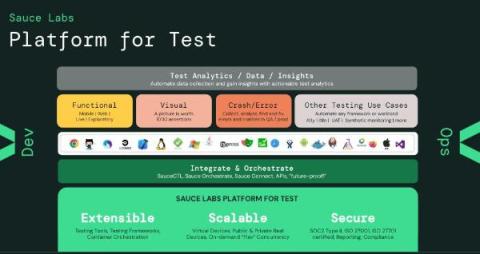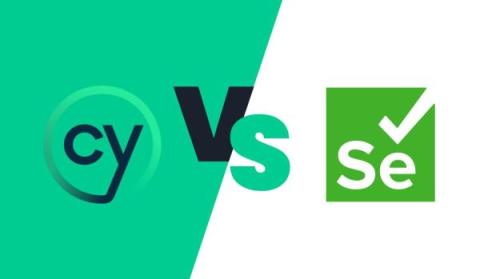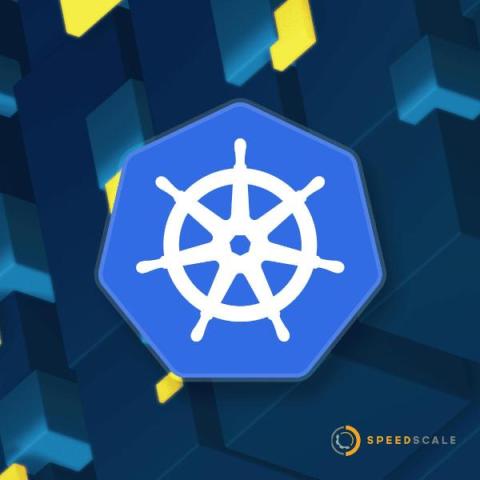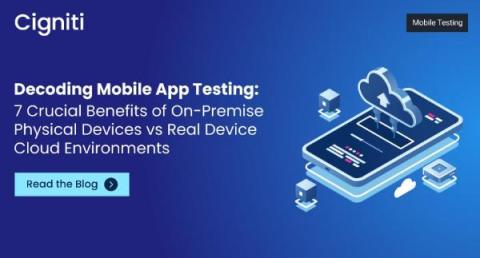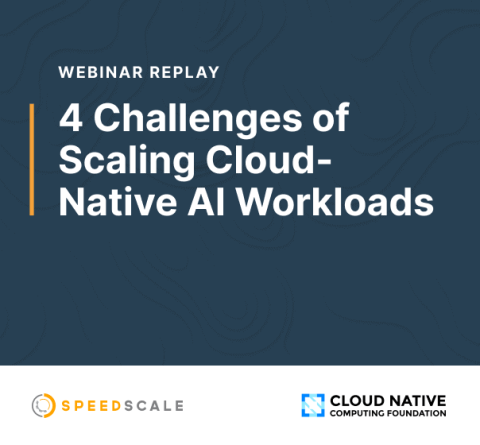Adding Colour To The Log Output Of Logging Libraries In Go
Logging is an integral part of software development, providing developers with valuable insights into the behaviour and performance of their applications. In the Go programming language, various logging libraries, such as the standard library’s log package or third-party options like logrus , zap and zerolog, facilitate the generation of log output.



